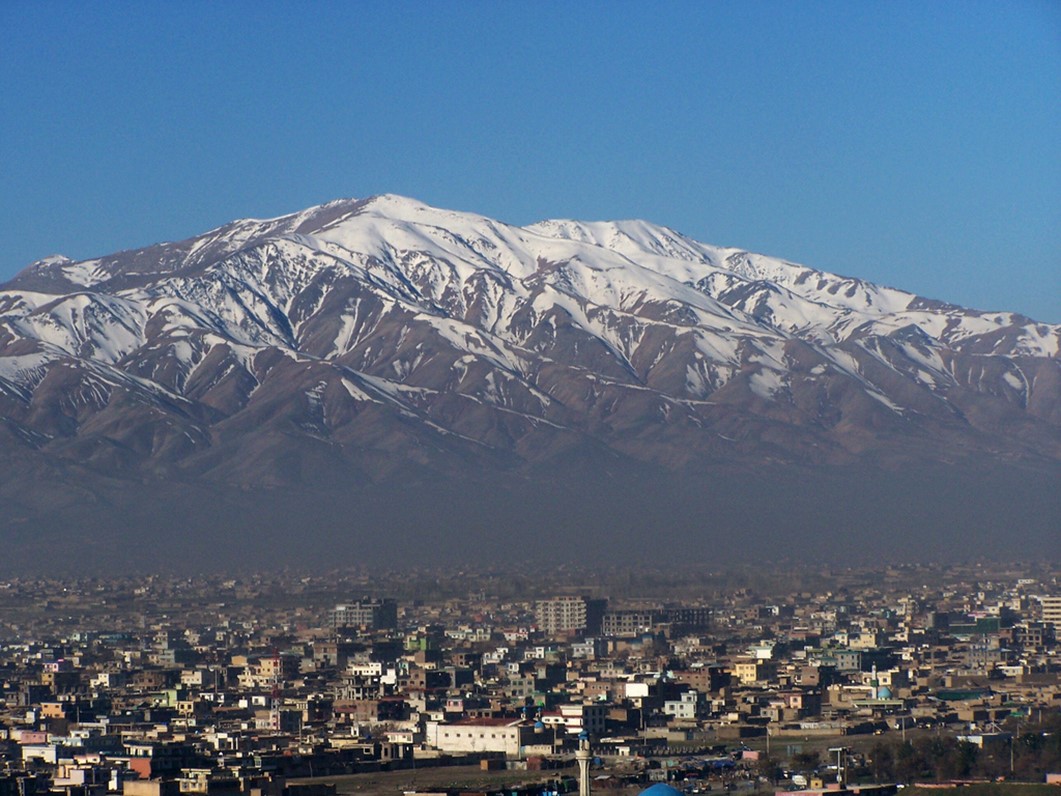Should We Pay More For Our Phones?
December 13, 2012 in Daily Bulletin

Matthew Yglesias writes that we should really appreciate T-Mobile’s latest scheme to double the price you pay for a smartphone:
- Subsidized smartphone contracts are a scam. Verizon will, for example, purchase an iPhone for $649, sell it to you for $199, and then make it up by overcharging you for service every month.
- You would actually save money if instead you paid full price for the phone and paid a fair monthly fee for your contract.
- This is likely why the makers of phones themselves – such as Google and Apple – are consistently ranked as the most admired companies, while America’s telecom operators, AT&T and Verizon are the most reviled.
- T-Mobile has decided to get rid of the subsidized carrier model. It remains to be seen if Americans will choose to take this better deal.
Read more about why Americans are stuck with this inefficient system, and what can be done to fix it over here.
Source: Slate









Join the Discussion! (No Signup Required)